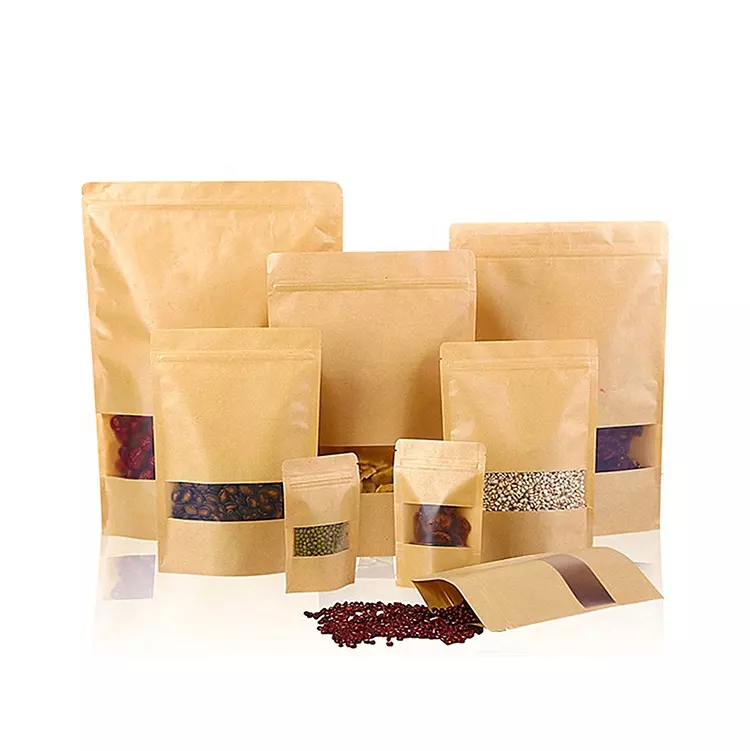Exploring the Benefits of Lidding Films in Food Packaging Solutions
The Role of Lidding Film in Food Packaging
In the ever-evolving landscape of food packaging, lidding films are making significant strides due to their versatility, functionality, and ability to enhance food preservation. These films are typically used as a barrier layer over trays, containers, or sealable materials to create an airtight environment that prolongs the shelf life of various food products. This article delves into the importance of lidding films in food packaging, exploring their types, benefits, and advancements in technology.
What is Lidding Film?
Lidding film is a thin, flexible material designed to cover and seal the opening of a food container, providing a protective barrier against external elements such as moisture, oxygen, light, and contaminants. This type of packaging is commonly used for fresh produce, ready-to-eat meals, dairy products, and even non-food items. Lidding films are available in various materials, including plastic, paper, and aluminum, each catering to specific product requirements.
Types of Lidding Films
1. Plastic Lidding Films These are the most common type, made from materials like polyethylene (PE), polypropylene (PP), and polyvinyl chloride (PVC). Plastic films can be either heat-sealed or pressure-sealed, with applications ranging from vacuum-sealed foods to microwaveable trays.
2. Paper Lidding Films While less common than plastic, paper lidding provides a more sustainable option. It is often used in products where a natural feel or appearance is necessary, such as deli meats or organic products.
3. Aluminum Foil Lidding Films These films offer excellent barrier properties against moisture and light, making them ideal for products that are sensitive to environmental factors. Commonly used in dairy products, such as yogurt, aluminum films help maintain freshness and extend shelf life.
4. Composite Films Combining several layers of different materials, composite lidding films leverage the benefits of each material to enhance performance. These films often provide superior sealing, barrier properties, and durability.
lidding film food packaging

Benefits of Lidding Films
1. Extended Shelf Life One of the most significant advantages of lidding films is their ability to preserve food quality by extending shelf life. By minimizing exposure to air, moisture, and light, these films help prevent spoilage and maintain freshness.
2. Convenience and Safety Lidding films enhance consumer convenience by allowing easy access to products without compromising safety. Many films are designed for easy peelability, enabling consumers to open packages without utensils, while also ensuring that the contents remain protected.
3. Product Visibility and Branding Lidding films come with the flexibility of printed designs, allowing brands to showcase their logos and product information effectively. This feature enhances brand visibility and attracts consumers, creating a competitive edge in the market.
4. Sustainability Many manufacturers are increasingly focusing on creating eco-friendly lidding films that reduce environmental impact. Biodegradable and recyclable materials are gaining traction, aligning with consumers' growing demand for sustainable packaging solutions.
Innovations in Lidding Film Technology
The packaging industry continuously evolves, and lidding film technology is no exception. Recently, advancements have focused on enhancing barrier properties, improving adhesion, and introducing smart packaging solutions. For instance, some lidding films now contain oxygen scavengers to further inhibit spoilage and maintain taste. Additionally, innovative materials are being developed to enhance thermal properties, allowing certain films to be used in cooking applications.
Conclusion
Lidding films play a crucial role in food packaging by providing a protective, functional, and attractive solution for numerous food items. Their ability to extend shelf life, ensure safety, and promote sustainability makes them indispensable in the food industry. As technology advances and consumer preferences continue to evolve, the future of lidding films looks promising, paving the way for even more innovative and eco-friendly packaging solutions that cater to the demands of modern consumers. The importance of lidding film in food packaging will only increase, reflecting our commitment to preserving food quality while meeting sustainability goals.













